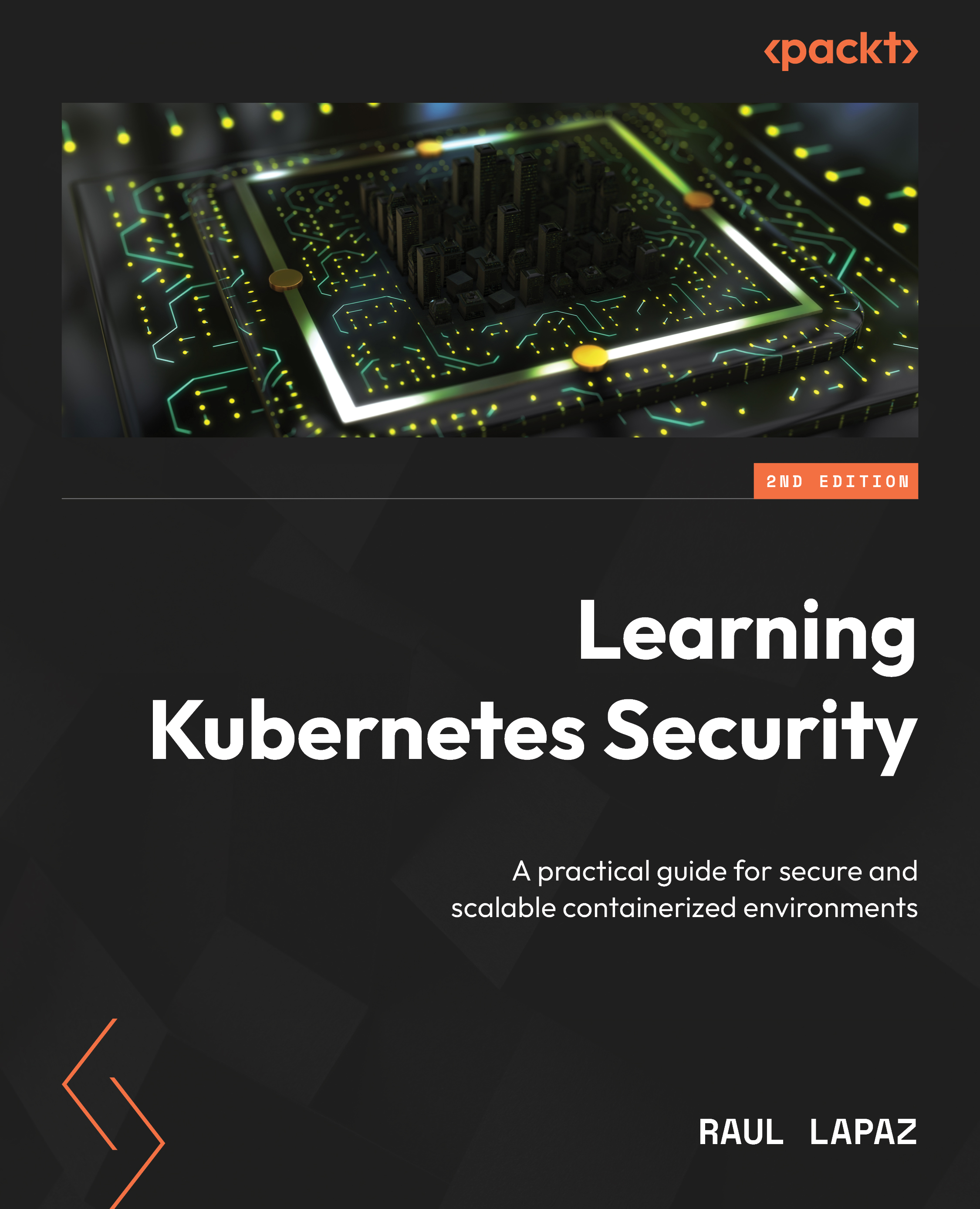Hands-on examples for Kubernetes security logging and monitoring
In these two practical examples, first, you will examine how you can obtain logs and events from their cluster using native tools. In the second example, you will use a popular open-source tool to implement logging and visualization of your cluster environment.
Kubernetes logs and events
This example will demonstrate how you can get logs from applications using native tools. To help you understand the exercise better, consider the following real-world scenario.
You have just deployed an nginx Pod into the packt namespace as part of a new microservice rollout. Everything initially appears healthy, but within hours, your monitoring system begins to alert you about unusual activity. As the product security owner, it’s your responsibility to investigate and determine whether the cluster’s security posture has been compromised.
Your mission is to investigate and respond to these suspicious behaviors...

































































